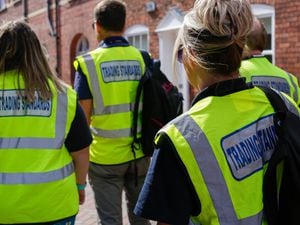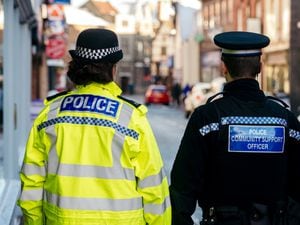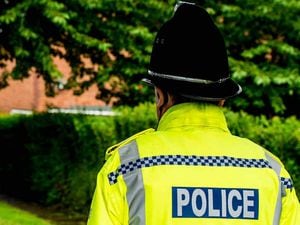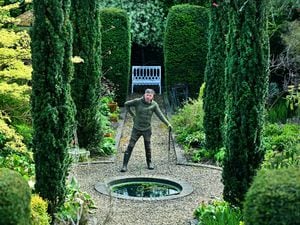Dark memories of old village warehouse that became wartime egg station
For generations Trysull Workhouse must have been a place of dread, but in the end it was a rather sad blot on the landscape that locals just wanted to get rid of.
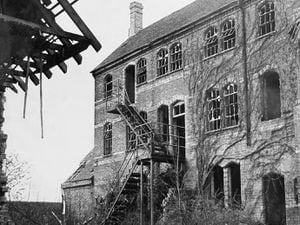
Even as late as the 1960s, when it had been closed for decades and had long been a ruinous shell, it was still being flagged up on a local signpost: "Trysull Workhouse 3/4." Miles, that is.
The three-storey workhouse was just beyond the tiny hamlet of Awbridge and half a mile north east of Trysull village.
Our pictures drawn from our archive hint at its dubious grandeur, which by 1961 had, to say the least, faded.
"Its three storeys of gap-windowed, ivy-strewn hideousness attract only the bats, the rats, and the occasional courting couple romantic enough to brave the peril of falling masonry," according to a story that September in the Express & Star.
Its heyday was recalled at that time by its nearest neighbour, Councillor C P Bolland, who was on Seisdon Rural District Council and lived at The New House.
"Tramps used to call in there for a night's lodging, then work in the grounds for their breakfast," he said.
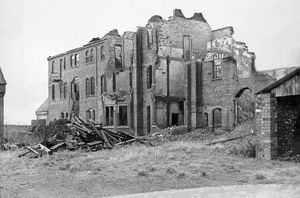
"It was an infirmary for its last few years, but until it closed down the grounds and buildings were spick and span. The front was all lawn, with geranium beds.
"It really ought to be pulled down. It's a monument to the bad old days. If a man couldn't pay his way, a horse and cart came for him and took him to the workhouse.
"The county council promised to pull it down, but then they sold it."
The buyer had been Mr N W Harris, a Bridgnorth egg wholesaler, who bought it in 1959. During the war, from 1942, parts of the outbuildings found use as a Ministry of Food egg packing station, and some time after the war the county council had leased the workhouse to him.
The thriving operation was centred in ground floor rooms at the rear of the old house. In 1949 the egg packing station had collected and packed 2,241,156 eggs, and sold 11.6 million to retailers, although not all of those were packed at Trysull.
By the 1960s demolition of the main building was clearly in the air. But what happened to it? Wikipedia says there was a fire at the complex in 1964, but we know the main ruins were still standing in March 1967, when the Express and Star carried another picture of the evocative relic.

Its days as a workhouse for the Seisdon area had come to an end in 1936, but its origins were less certainly known. In 1958 the Star had tried to get to the bottom of things, but reported: "Numerous telephone calls and personal visits to many people in the district who might have had even the remotest connection with the institution have elicited only the very vaguest details."
While it might have been expected that it was built soon after the Poor Law Amendment Act of 1834, the paper's investigation had found no evidence of a new building until January 1861 when the first death was recorded there. The inference, then, was that Trysull Workhouse had been built around 1860 (an internet source gives 1858-1860).
"It catered for a maximum number of just over 80 people, and under its jurisdiction came the nearby Cottage Homes which housed about 15 children.
"Under the Local Government Act of 1929 the workhouse became the responsibility of Staffordshire County Council, and the public assistance committee actually took over in April 1930.
"During the last 10 years of its existence as a workhouse it became more like a hospital. It closed for good in 1936 and was transferred to the county education committee with the idea of turning it into a school."
Other ideas were turning it into a sanatorium, or a hostel to house evacuees. Its future however turned out to be egg-shaped.
Today there are still some buildings at the site but the main workhouse building has disappeared – if you know when that happened, do drop us a line.

